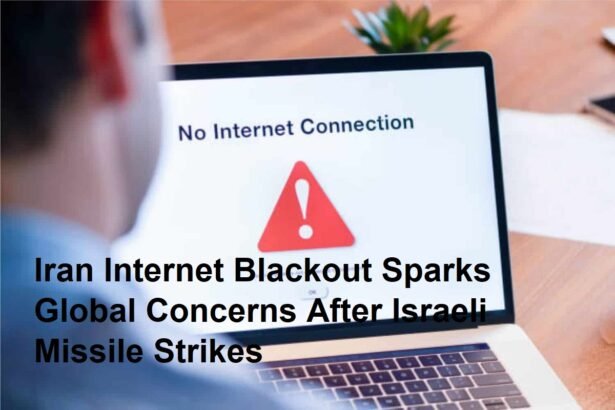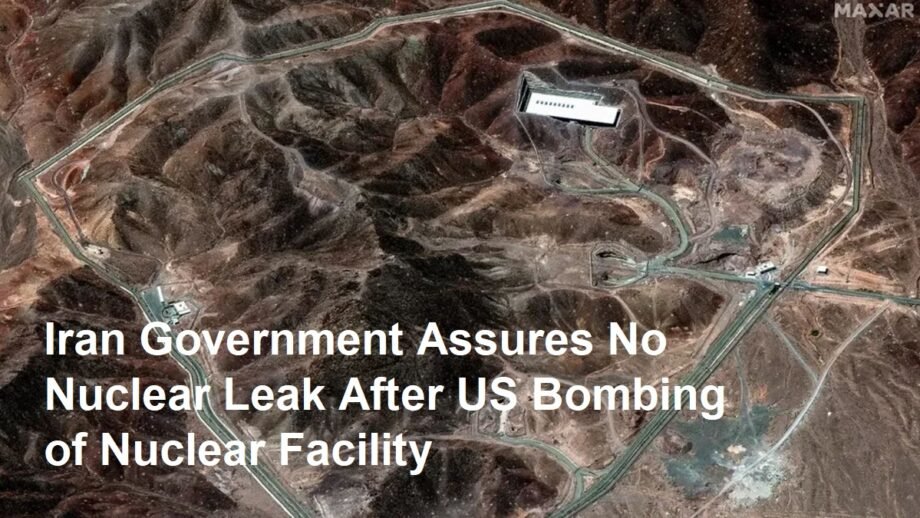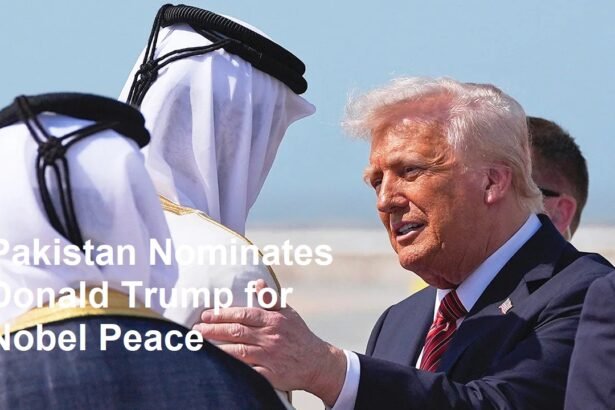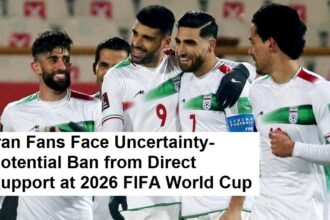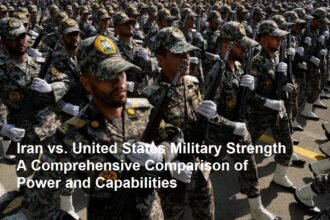Introduction
The Iranian government has officially confirmed that there have been no leaks or hazardous releases from its nuclear facility following a recent bombing by the United States. This announcement aims to calm international concerns about potential nuclear contamination and underscore Iran’s control over the situation despite the military strike.
1. Background of the Incident
The recent bombing targeted a critical nuclear site in Iran, marking a significant escalation in the ongoing tensions between the US and Iran. The attack raised immediate global fears over the safety and integrity of Iran’s nuclear infrastructure. The US justification for the bombing was centered on claims of preventing nuclear proliferation and curbing Iran’s nuclear ambitions.
2. Iranian Government’s Response and Assurance
In response to the bombing, Iran’s government quickly released official statements assuring the world that no nuclear materials have been leaked and that safety protocols have held strong. Iranian nuclear experts confirmed that containment measures and quick damage control have prevented any hazardous contamination. This adherence to safety standards reflects Iran’s commitment to managing its nuclear program responsibly, despite the external attack.
3. International Community’s Reaction
The international community has been closely monitoring the situation, with agencies such as the International Atomic Energy Agency (IAEA) demanding full transparency and access to the site. Many countries have called for restraint and diplomatic dialogue to avoid further escalation. Iran’s assurance of no leaks has been seen as a stabilizing factor in an otherwise tense scenario, though concerns about future strikes and security remain prominent.
4. The Geopolitical Context and Implications
This bombing and Iran’s subsequent statements come amid heightened US-Iran tensions surrounding nuclear development and regional influence. The incident complicates the delicate balance of power in the Middle East, raising questions about military engagement, nuclear non-proliferation, and the prospects for peace talks. Analysts suggest that the event could either push parties towards diplomacy or increase risks of further military conflict.
5. Future Outlook and Safety Monitoring
While Iran’s current assurances are reassuring, experts emphasize the need for continuous monitoring of the nuclear facility to ensure no long-term damage or contamination occurs. Both international inspectors and independent bodies will likely maintain vigilance to uphold nuclear safety standards. This incident could also set precedents for how nuclear sites are treated during conflicts in the future.
Conclusion
The official Iranian confirmation of no nuclear leak following the US bombing is crucial in mitigating fears of a nuclear disaster. It highlights the importance of nuclear safety protocols even in conflict zones and stresses the need for diplomatic efforts in handling nuclear-related disputes. This event serves as a reminder of the fragile nature of geopolitical tensions involving nuclear capabilities and the global community’s role in maintaining peace and security.


